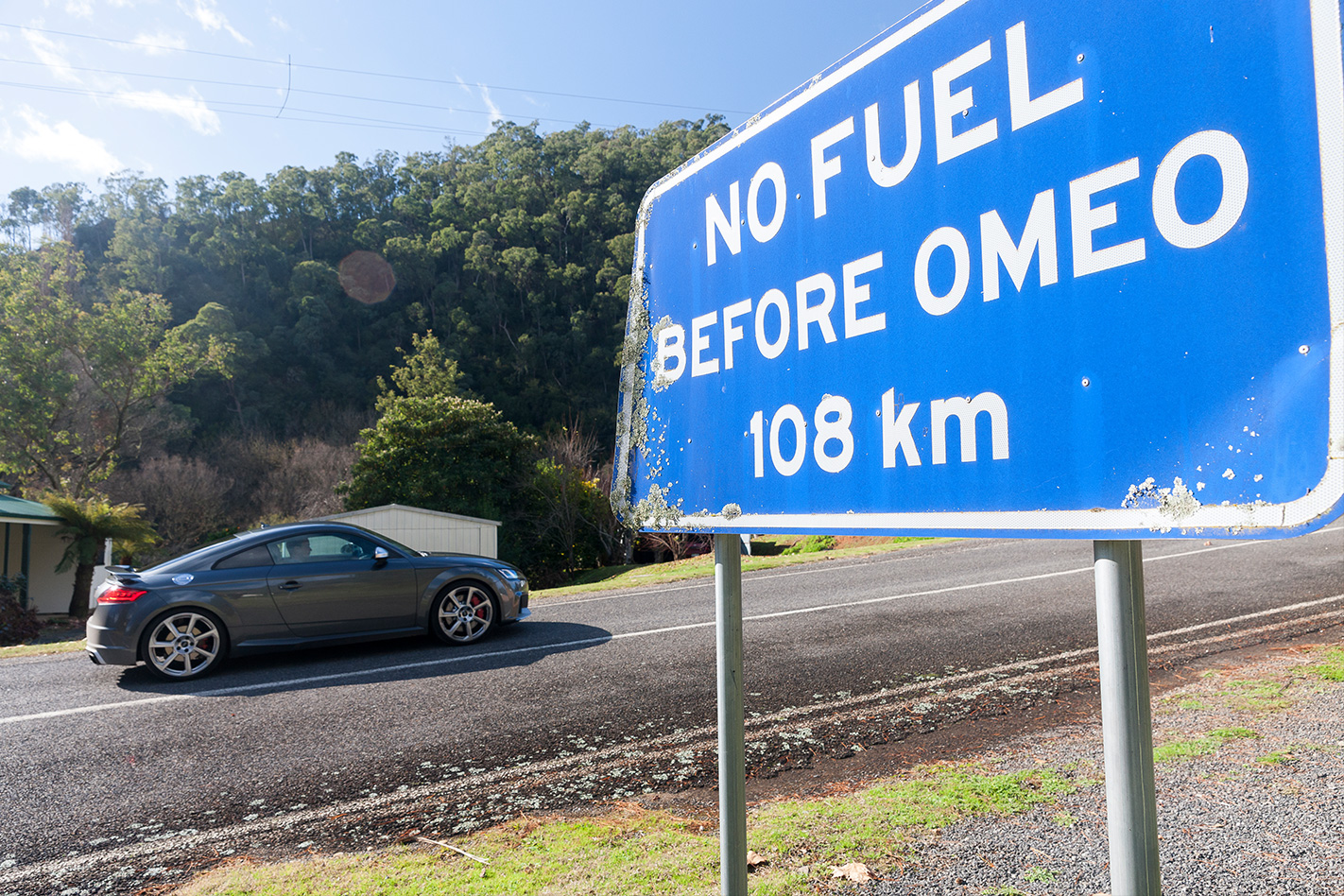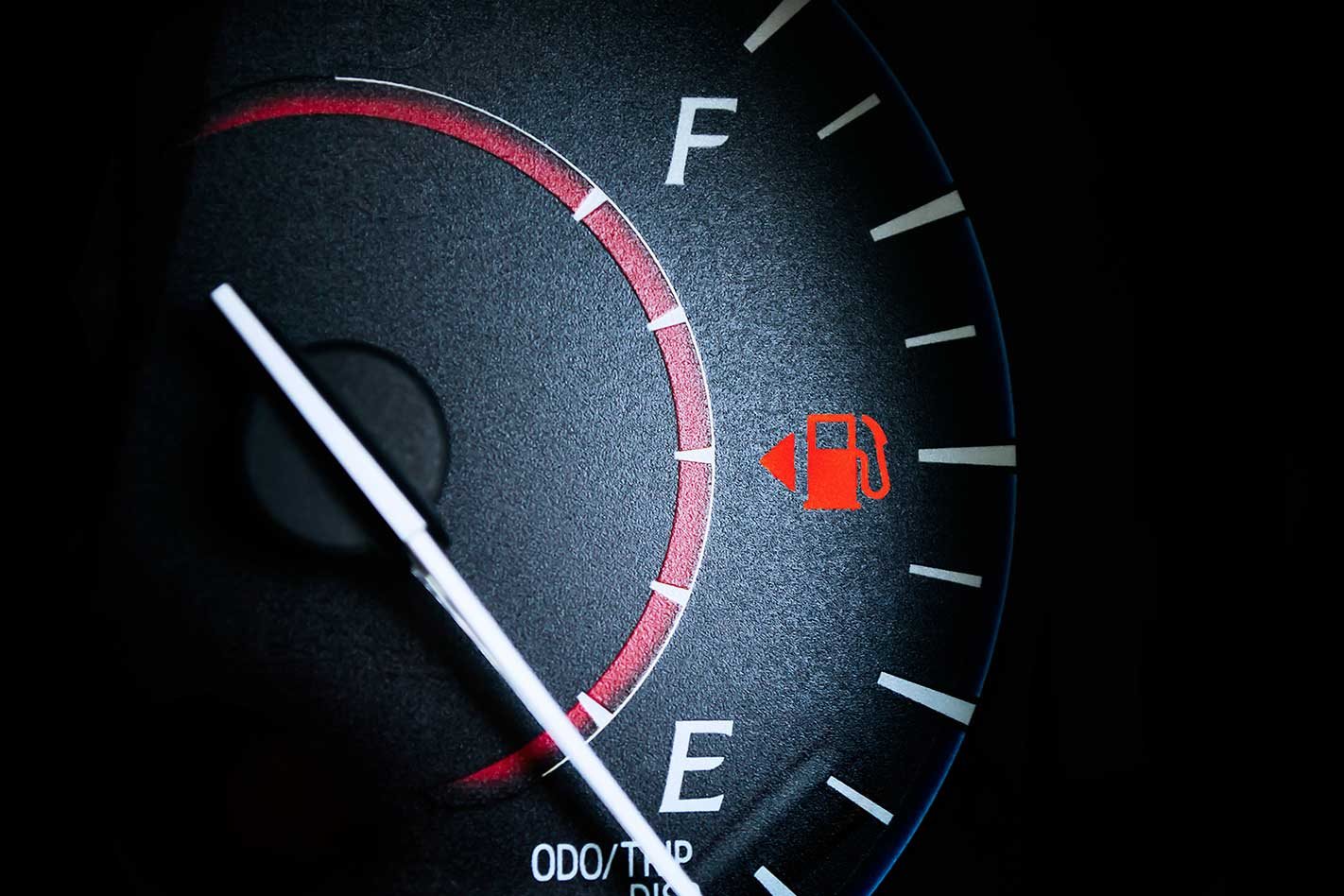
How far can you drive on ’empty’? It’s a common question, especially when fuel prices are so high.
A few years ago, Aussie comedy duo Hamish and Andy put the age-old question to the test. Just how far will my car travel once the fuel reserve light is on?
The pair were at the helm of an Audi SQ5 in Melbourne with an indicated 10km of fuel remaining.
Once that indicated range distance ticked down to zero, they set the odometer, and began a long and nervous journey to see just how far they could go.
Incredibly, the pair sailed past what most would have thought reasonable, and drove for another hour and a half with the car saying there was no fuel in the tank!
In total, the lads were able to travel a further 111 kilometres once the Audi had said the tank was dry.
How much fuel does my ‘reserve tank’ carry?
At some point, most motorists have let the tank get low, seen the fuel level warning light illuminate and wondered just how far they could keep going before the engine chugs to a halt.
Alas, there is no industry standard or regulation that dictates how much fuel a tank must accommodate, or how far a vehicle must be able to travel after the reserve light comes on.
Therefore, no definitive answer exists – but here are some tips that might help when you think you’re running on vapour and don’t have a trip computer to count down till the last drop.
Firstly, how big is your tank?
Firstly, apart from a handful of hardcore long-range vehicles, cars rarely have a separate tank to store emergency fuel, and the reserve light is simply illuminated when the main tank level drops below a certain level.
Every model is different, but the reserve portion of a tank is typically around 10 to 15 percent of the total capacity.
If you know the volume of the tank in your vehicle, some rudimentary maths will give you a rough figure of how much is left when that little amber light comes on.
If you also know the approximate fuel economy (fuel consumption figures) of your car (a browse of the owner’s manual should confirm these figures), then a bit more maths will have you arrive at a rough distance that you will be able to travel.
It’s not quite that simples though.

The driving environment matters in knowing how far you can drive
Remember that, like any fuel economy figure, range is affected by driving conditions and style.
Hard acceleration, high speeds, low tyre pressures, heavy loads, certain weather conditions and the type of fuel will all reduce your range – so it’s important to take measures to save fuel.
Also consider that, while driving up a steep hill will increase fuel consumption, it can also cause the precious last drops of fuel to surge from one part of the tank to another. If the fuel pick-up goes dry, the engine will be starved of fuel as if the tank was completely empty.
The same effect can result from enthusiastic cornering and heavy braking, although the latter is less applicable because the engine is generally less thirsty under zero-throttle braking.
Learn from other’s misfortune: do your research
There are a number of online services that collect information from drivers that have been left high and dry and offer it to motorists to help them avoid the situation.
Trawling these figures and averaging out the top nine most popular entries reveals a general average figure of about 67 kilometres. Surprised?
Testing the tank is not the way: It’s not great for your car
Whichever method of rough calculation, estimation or blind faith you choose, we do not recommend deliberately running the tank dry to find out how far your car can manage.
Many cars will not thank you for running the fuel system dry and, depending on the age of the vehicle, some require a special fuel system purge or bleed procedure before they will restart.
Further, standing on the side of the road refilling with a jerry can can be hazardous in busy traffic, and carrying any combustible liquid in a vehicle should be avoided wherever possible.
Myths busted!
One low-fuel myth states that running your tank low allows sludge or other foreign matter at the bottom of the tank to be sucked up which then goes on to clog the various components in the fuel system.
This is not true, as all modern fuel systems include at least one fine-grade filter plus a gauze sock over the tank pickup to catch larger bits. The pickup is also located at the lowest point of the tank where it slurps debris under all circumstances.
Another urban legend among car enthusiasts suggests that running a prolonged low-fuel level leaves a large air space in the tank which can allow corrosion to take hold. This was true when vehicles more commonly used pressed-steel tanks, but the widespread use of more durable plastic tanks in newer cars has put an end to that.




